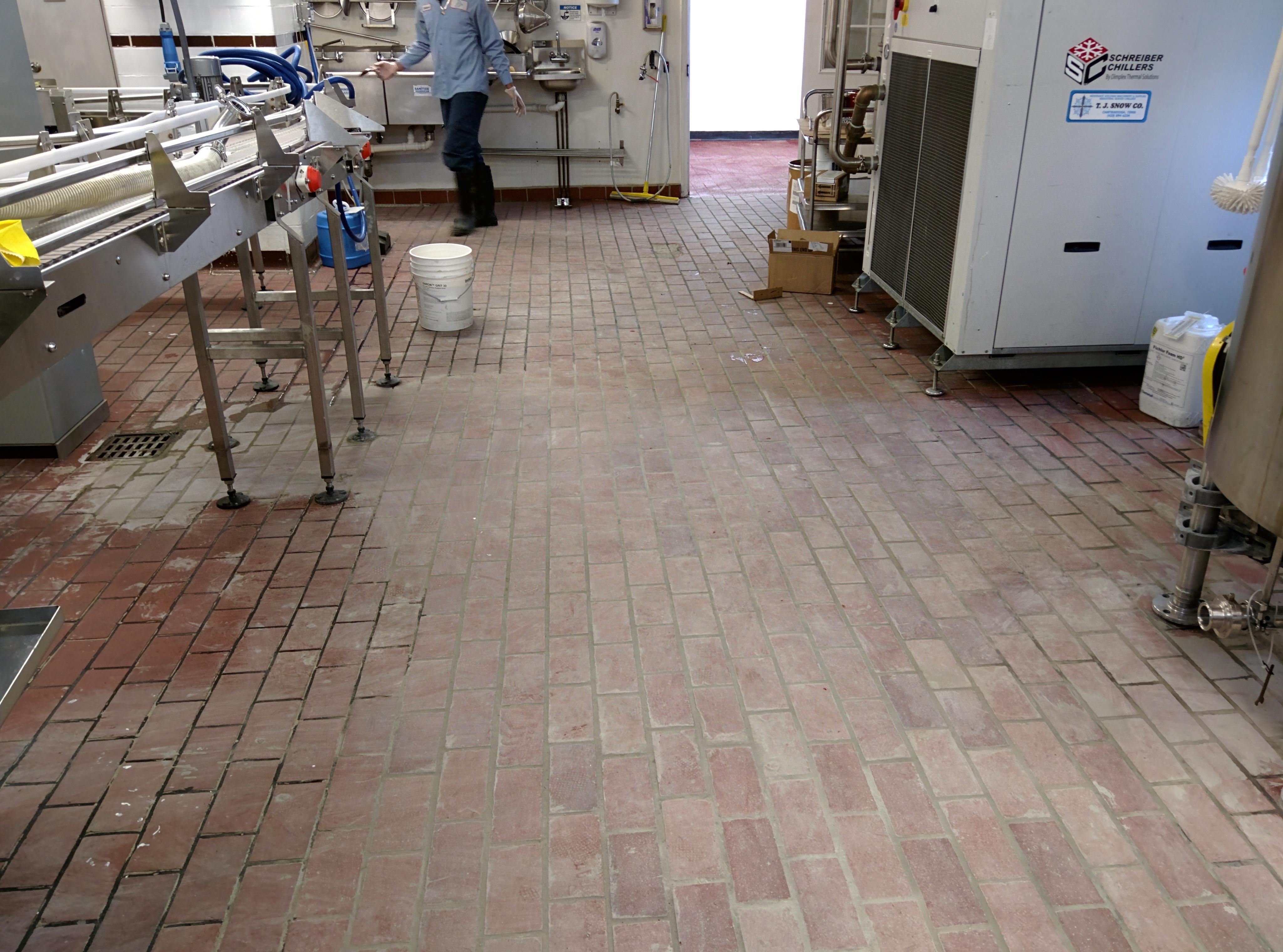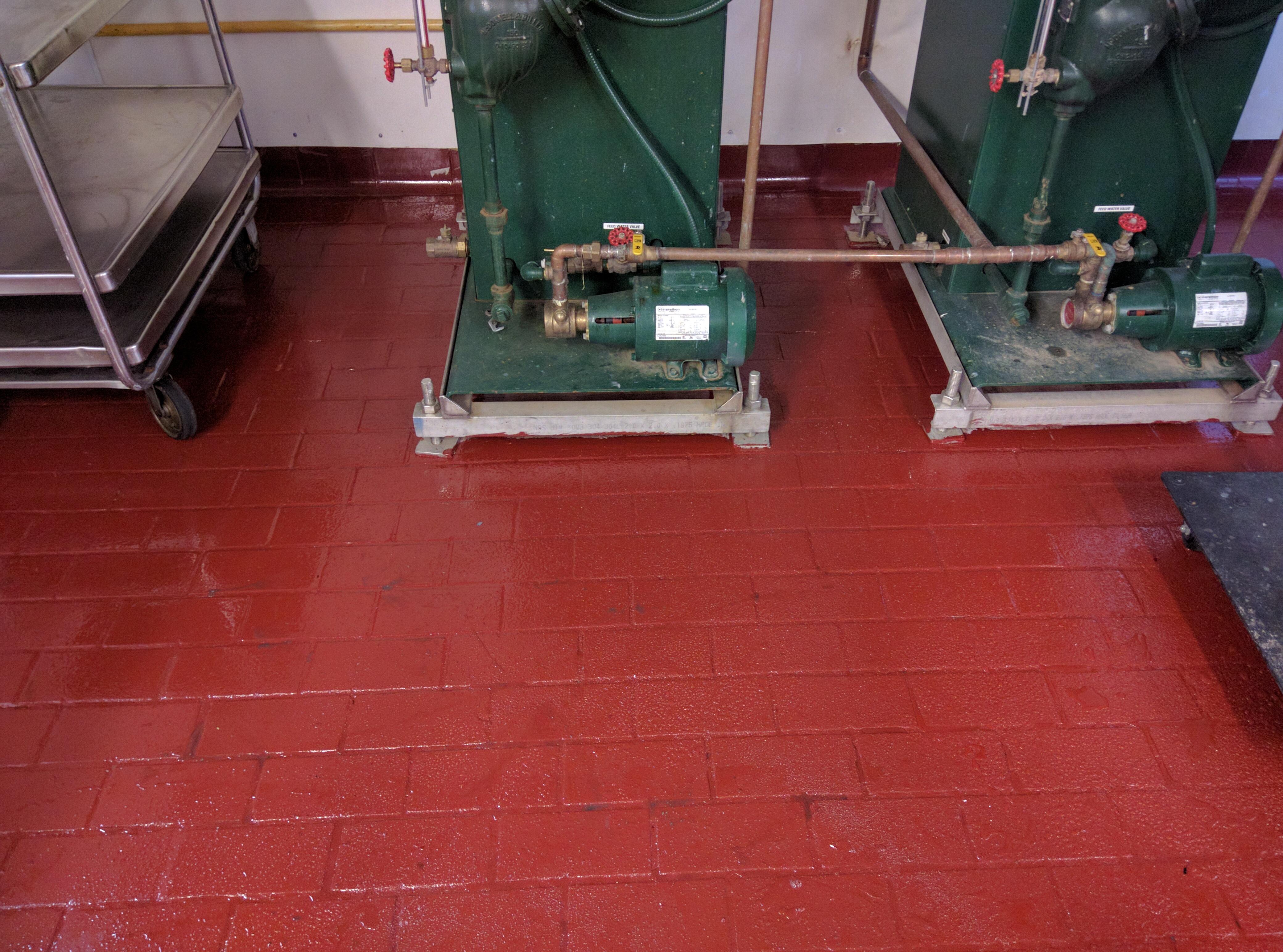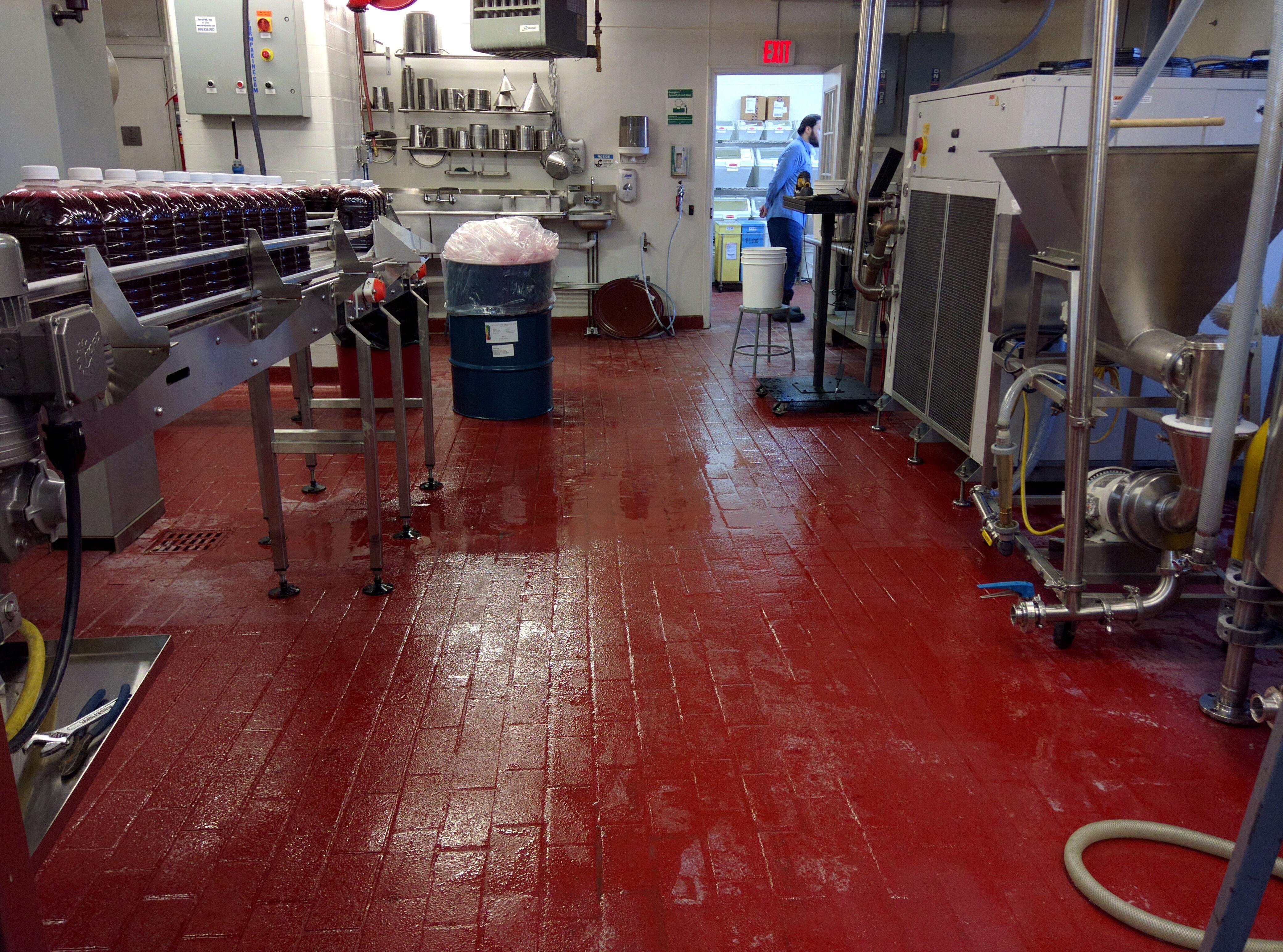Introduction:
Food manufacturing rooms undergo severe wear and tear. For the cleanliness and safety of the processing room, it is necessary to repair the floors before continuing operations.

Why Floor Repairs Matter in Food Manufacturing Facilities
Food manufacturing rooms face constant stress—heavy foot traffic, chemical spills, water exposure, and temperature shifts all contribute to floor damage over time. Cracks, pits, and worn surfaces aren't just cosmetic issues—they can compromise sanitation and worker safety. For compliance and cleanliness, it’s crucial to repair flooring before continuing operations.
The Risk of Ignoring Damaged Floors
Damaged floors can harbor bacteria in cracks and make cleaning more difficult, increasing the risk of contamination. Uneven surfaces also pose a serious tripping hazard for employees, which can lead to injuries and work stoppages.
A Trusted Solution: ACCELERASIN™
ACCELERASIN™ is a high-performance epoxy floor paint designed specifically for environments like food processing plants. It’s USDA-compliant, chemical-resistant, and easy to clean—ideal for facilities where hygiene is critical.
How to Repair Floors with ACCELERASIN™
- Prepare the Surface
Clean the area thoroughly. Remove grease, oils, dirt, and any loose debris. For best results, use a mechanical grinder to profile the surface. - Mix the Product
GARON GUARD comes in two components. Mix Part A and Part B according to the manufacturer’s instructions. Mix until uniform in color and consistency. - Apply the Epoxy
Use a roller or squeegee to apply the epoxy evenly across the damaged area. Work in manageable sections and ensure even coverage. - Allow to Cure
Let the coating cure fully (typically 12 to 24 hours) before resuming operations. Avoid foot traffic during this time for optimal results.


Maintaining Safe and Sanitary Floors
Timely floor repairs don’t just extend the life of your flooring—they help maintain a safer, cleaner work environment. Using a product like ACCELERASIN™ epoxy floor paint ensures your facility meets industry standards while minimizing future damage and costly downtime.